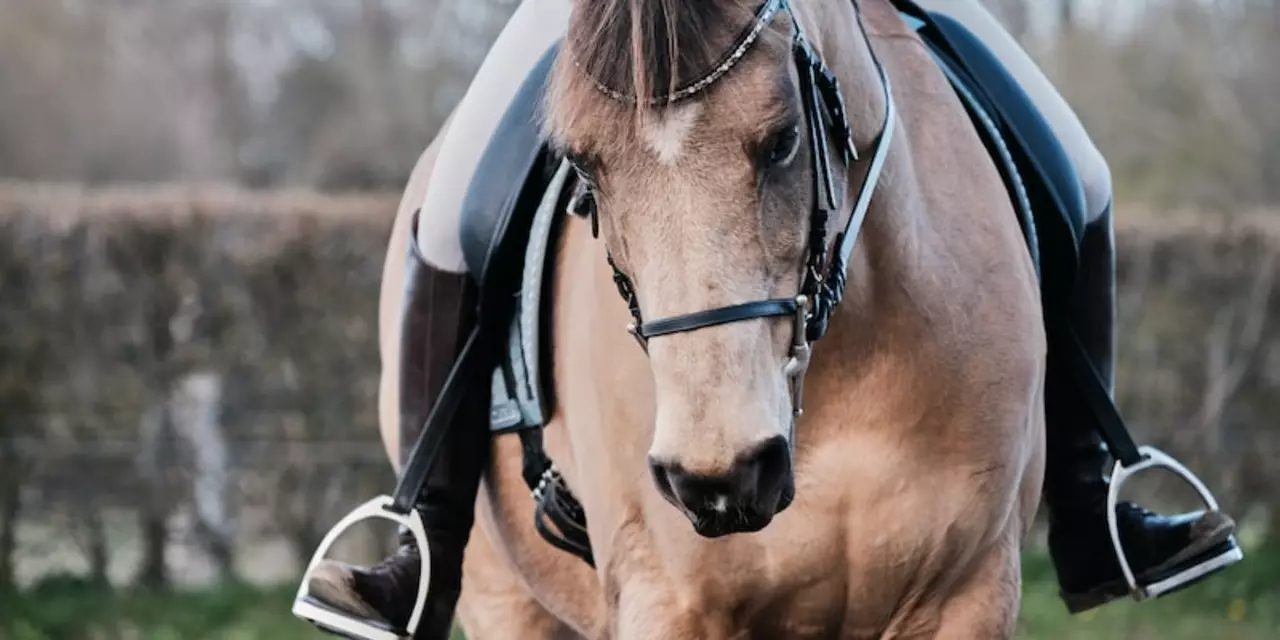Horse Riding Etiquette: Dress Right, Ride Safe
Ever wondered why a simple clothing choice can make or break a ride? The answer is simple – the right gear keeps you safe and lets the horse work without distractions. Below we break down what not to wear, plus a few everyday etiquette habits that every rider should know.
What NOT to wear when you saddle up
Loose or baggy clothing is a big red flag. Think flappy shirts, wide‑leg pants, or long scarves. Anything that can slip into the saddle or bridle risks getting tangled and could cause a fall. Swap those for snug, close‑fitting riding breeches or leggings that stay in place.
Jewelry is another no‑go. A dangling earring or a chunky bracelet can snag on metal bits, stirrups, or even the rider’s own gear. If you love accessories, keep them simple and secure – a thin, stud‑type earring is the safest choice.
Shoes matter more than you might think. Flip‑flops, sandals, high‑heeled boots, or shoes with slick soles are all unsafe. You need a heel that can keep your foot from sliding through the stirrup and a sole that offers grip on the saddle. A well‑fitted riding boot or a sturdy, closed‑toe shoe with a small heel does the job.
And never skip the helmet. A certified riding helmet protects your head in case of a stumble, and most schools won’t let you ride without one. It’s the single most effective piece of safety equipment you can wear.
Basic riding etiquette on the ground and in the arena
Approach a horse calmly and from the side, never from directly behind. Speak softly, pet the neck, and offer a gentle touch before you touch the reins. This signals respect and lets the animal know you’re not a threat.
When you’re in a stable or tack room, keep the area tidy. Hang your helmet, store your boots on the rack, and clean up any hay or feed spills. A clean environment reduces slip hazards and shows consideration for the staff and other riders.On the trail, keep your group together and follow any posted signs. Yield to hikers, cyclists, and other riders – the rule of thumb is "right of way to the slower party." Speak softly so you don’t startle other horses, and always keep your horse at a walk or gentle trot unless the terrain demands more.
In the arena, wait your turn for the lane. When you’re on, stay in your line, keep your reins steady, and avoid sudden movements that could spook nearby horses. If you’re practising a new skill, let the instructor know and ask for a clear space.
Finally, thank the horse after a session. A pat on the neck, a kind word, and a short walk give the animal positive feedback. It reinforces good behavior and builds a stronger bond.
Stick to these simple rules – dress appropriately, respect the horse’s space, keep the riding area clean, and follow trail and arena norms – and you’ll enjoy safer, more pleasant rides every time.

When riding a horse, it is important to wear the appropriate attire. Avoid wearing loose or baggy clothing, jewelry, or items with buckles or buttons as these can get caught in the saddle or bridle and cause injury. Additionally, avoid wearing flip flops, sandals, shoes with high heels, or any shoes with slick soles. Finally, wear a riding helmet at all times for safety. All in all, when riding a horse, it is important to dress appropriately and safely.
Read more
